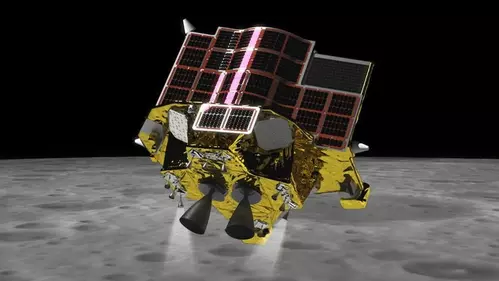
High winds: Japan postpones lunar lander, X-ray mission
text_fieldsTokyo: The Japanese Aerospace Exploration Agency (JAXA) has postponed its Moon lander and X-ray mission for the third time due to high winds in the upper atmosphere.
JAXA’s Smart Lander for Investigating Moon (SLIM) and X-Ray Imaging and Spectroscopy Mission (XRISM) was originally scheduled to take off on August 26 on an H2-A rocket, Japan's flagship space launch vehicle, jointly developed by JAXA and Mitsubishi Heavy Industries (MHI).
However, the launch was later postponed to Monday due to bad weather.
"High-altitude winds hit our constraint for a launch ... which had been set to ensure no impact from falling debris outside of pre-warned areas," Tatsuru Tokunaga, launch unit chief of operator MHI said.
Although the new launch date is not yet final, JAXA has stated that the launch could take place as late as September 15.
JAXA’s SLIM, also known as "Moon Sniper" in Japanese, is expected to arrive in lunar orbit 3 to 4 months after launch. It aims to achieve a lightweight probe system on a small scale and use the pinpoint landing technology necessary for future lunar probes.
If successful, the spacecraft will land on the slope of Shioli Crater, a relatively fresh, 300-meter-wide impact feature within Mare Nectaris, at 13 degrees south latitude and 25 degrees east longitude on the near side of the moon.
XRISM, a collaboration between NASA and JAXA and with cooperation from the European Space Agency (ESA), will observe X-rays released by extreme phenomena such as hot gas clouds enveloping galaxies and blasts from black holes.
“X-ray astronomy enables us to study the most energetic phenomena in the Universe. It holds the key to answering important questions in modern astrophysics: how the largest structures in the Universe evolve; how the matter we are ultimately composed of was distributed through the cosmos; and how galaxies are shaped by massive black holes at their centres,” said Matteo Guainazzi, ESA project scientist for XRISM, in a statement.
If successful, Japan will become just the fifth country to successfully soft-land on the moon, after Russia, US, China, and India.
With inputs from IANS























